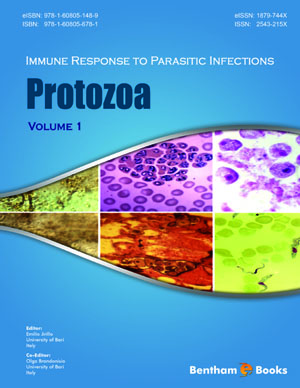Abstract
This review critically examines the development of malaria vaccine candidates and the results obtained in phase IIa and IIb efficacy evaluations since the first human trial till date. It is restricted only to proteins or protein fragments produced by peptide synthesis or DNA recombinant technology, for the simple reason that these are the only products that could be structurally evaluated. It is meant to make the scientific community aware of the shortcomings of some of these constructs with regard to their 3-dimensional structure and the need for more stringent biological/functional requirements to be met before field evaluations are initiated. Both of these factors are largely responsible for most of the failures witnessed in the past 20 years.






















